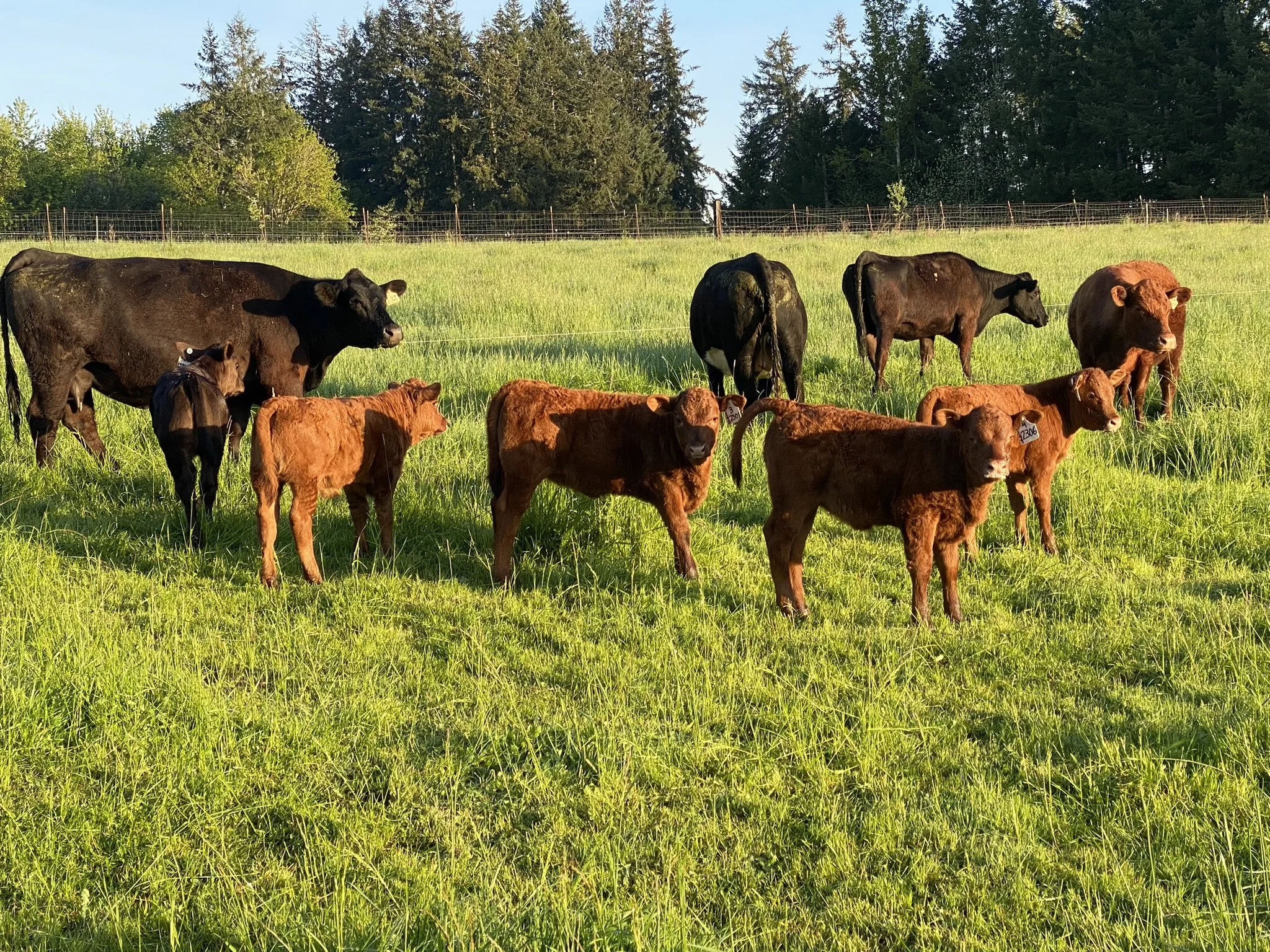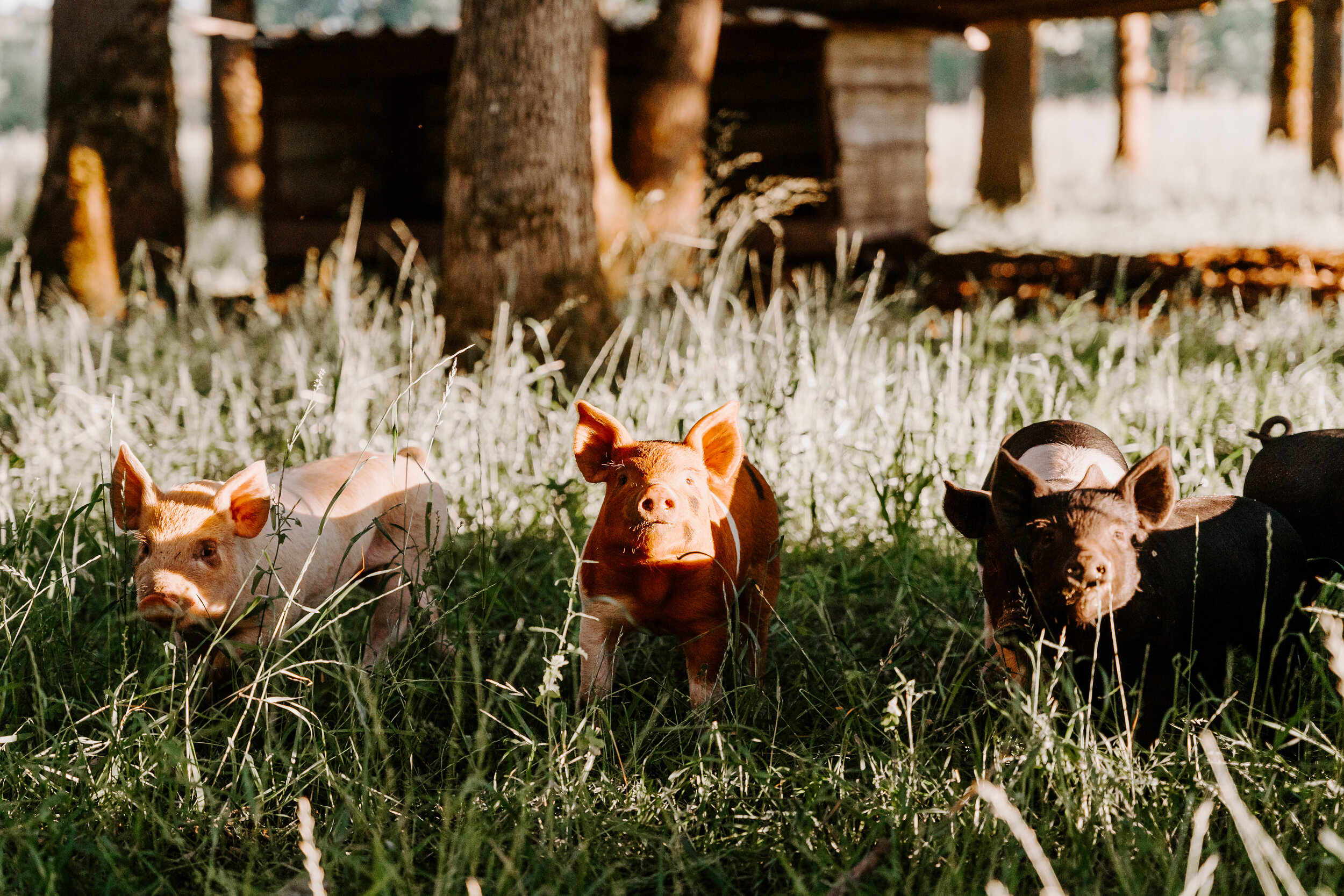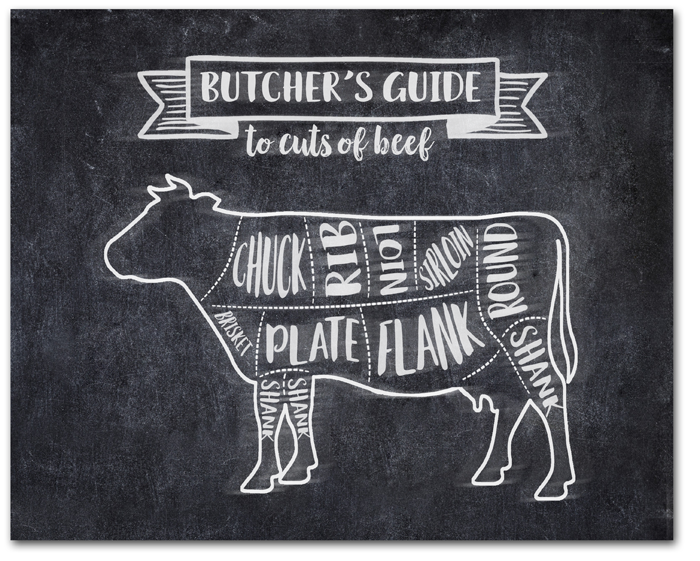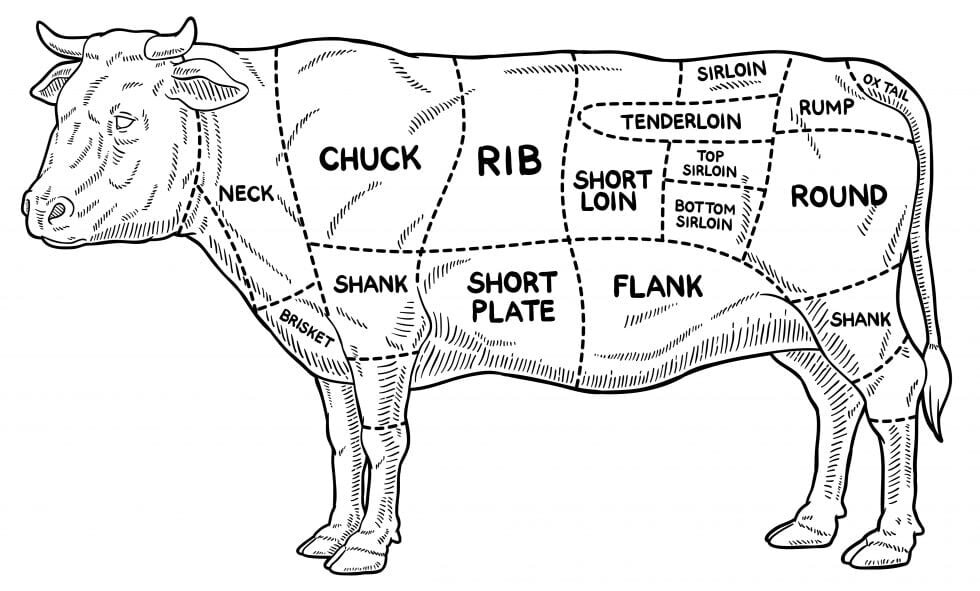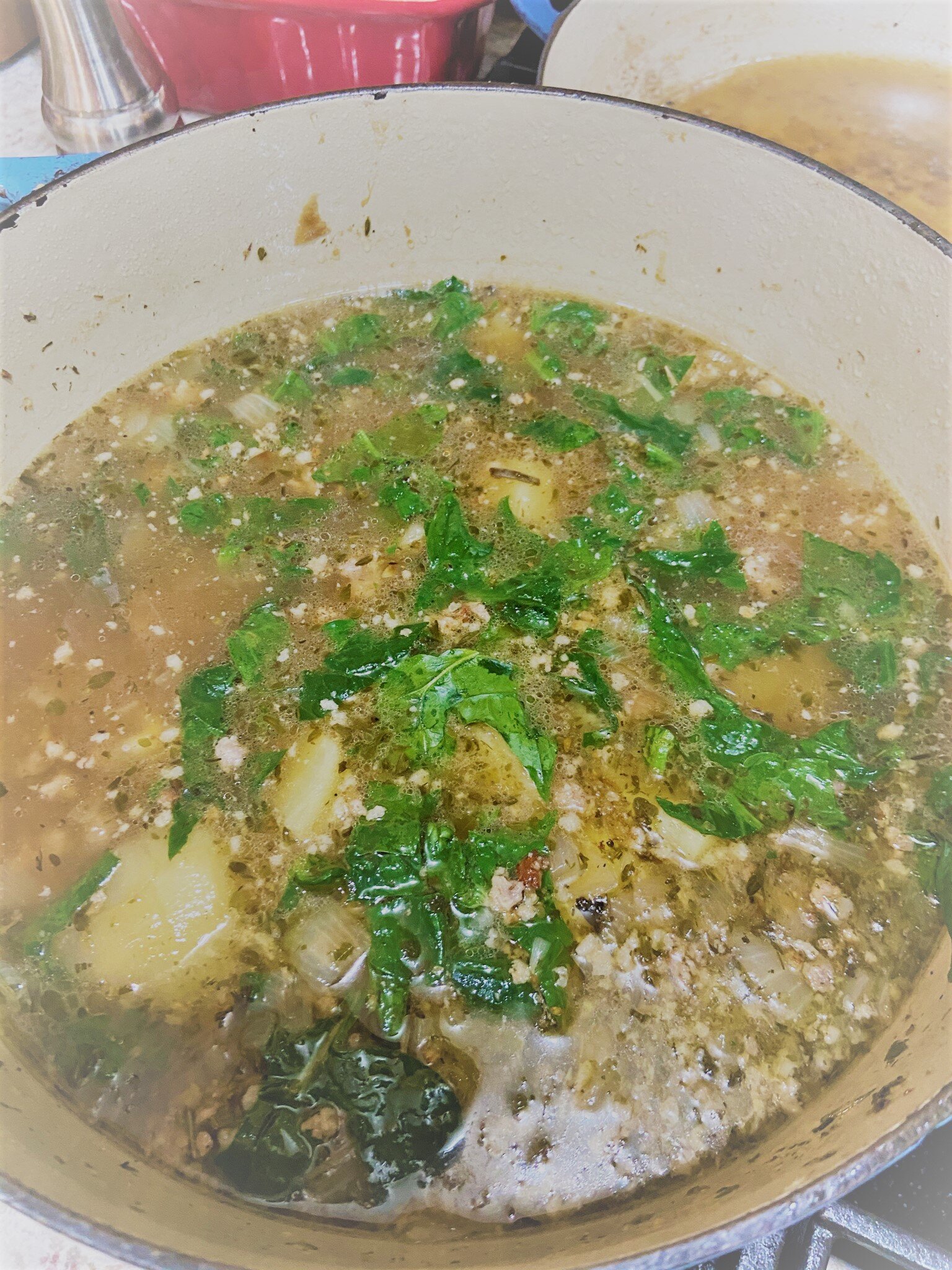It’s true.
Just a couple weeks ago one of my favorite customers was here at our house picking up his eighth beef and after he was loaded up and headed to his truck, he stopped in driveway and said:
“I’ve been meaning to tell you this-the reason I buy from you is because I can tell by looking at your hands you work hard. And I like to support people who are working hard.”
Boom. My eyes started to well up and I couldn’t talk for a minute.
The thoughts that were swirling around in my head were:
This guy is my kind of guy if he can read what my hands look like and infer our work ethic.
Our work ethic is our character and he is appreciating who we are.
And that is why he is buying from us-because he appreciates who we are as people.
Wow.
More thoughts in my mind:
I know that you have many choices for where to buy your meat and eggs.
I know that our products are priced higher than what you can buy in the grocery store.
I know that buying from us is not always convenient if we aren’t selling at your neighborhood market.
But you do it anyway because you appreciate our character.
And when I could talk again I said, “Thank you. Thank you for seeing that.”
We do work extra hard. Blake is up before the sun every day doing chores, he goes to his day job at the grass seed company 8-5 and then he comes home and does more farm chores until dark. Saturdays are spent at the farmer’s market, Sunday is a day of moving cows, moving fence, weaning sows, and hopefully a nap.
My role is caring for the kiddos, marketing and interacting with customers, filling orders, updating our inventory, managing the farm store here at our house and keeping the homefront running smoothly. Plus I have a health and wellness coaching business on the side, oh and we are property managers for 3 rental properties here in Lebanon…because obviously a farm isn’t enough, haha.
We work hard because we believe we can DO GREAT THINGS.
We work hard because there was a time we received a hand out and it made us feel like the scum of the earth.
We work hard because we never want to hand over our destiny by relying on someone else to take care of us.
Let me share that story with you.
We had just moved to Oregon to start our farm and follow our dream of making that our full time gig. It was June of 2017 and I was 9 months pregnant with our youngest son. So we were in a new place, with a new baby coming, a new business under foot and no income.
The birth center in Corvallis where I was planning on having the baby suggested we sign up for Oregon Health Plan (probably so they knew they would get paid). Without an income we definitely qualified, but then the Oregon Trail food money started coming too. I did not remember asking for that assistance.
It was the most icky feeling when I would buy groceries to whip out that Oregon Trail card. Or to stand in the line at the farmer’s market to trade plastic for wooden food tokens.
I can’t explain it any better than I felt icky using money I didn’t earn to buy my family food.
I do need to pause here and give thanks for the assistance in a time when we truly did need it. It was a blessing, it served a purpose, and I pass no judgement on others who also utilize this assistance for a short time.
So we had the baby, Blake got a temporary job driving forklift at a grass seed company and we started building our farm customer base.
We got rid of that food assistance ASAP. I planted a garden, we got chickens, we joined the Lebanon Chamber of Commerce. We invested in marketing courses, we built our website, we delivered free eggs to community businesses to let them know we were here.
Blake stayed with that temporary job and moved up to working at the research farm of the grass seed company. Four years later and he’s still there, as the farm manager.
Our farm continues to grow, we continue to work three or four jobs between Blake and I to make ends meet.
We believe in this work, we feel good providing quality meats and eggs to our community.
We rest our heads at night with a peace that we are giving it our all and working our tails off in the process.
We focus on keeping our mindset positive and progressive. We have hard days but we remind ourselves of where we have come from and where we are going and that ANYTHING is possible.
We are super grateful for the good people like you that come into our lives who we get to raise food for.
These little interactions where a customer recognizes by the wrinkles on our hands and the dirt under our fingernails that we are working hard and putting our everything into it, makes our work so much sweeter.
So thank you for sharing your life with us.
Thank you for being our customers.
And thank you for taking the time to read this and let me pour out my heart to you.
I’d love to hear if you’ve ever had a time when someone appreciated your work and told you about it?
Yours Naturally,
Julia
